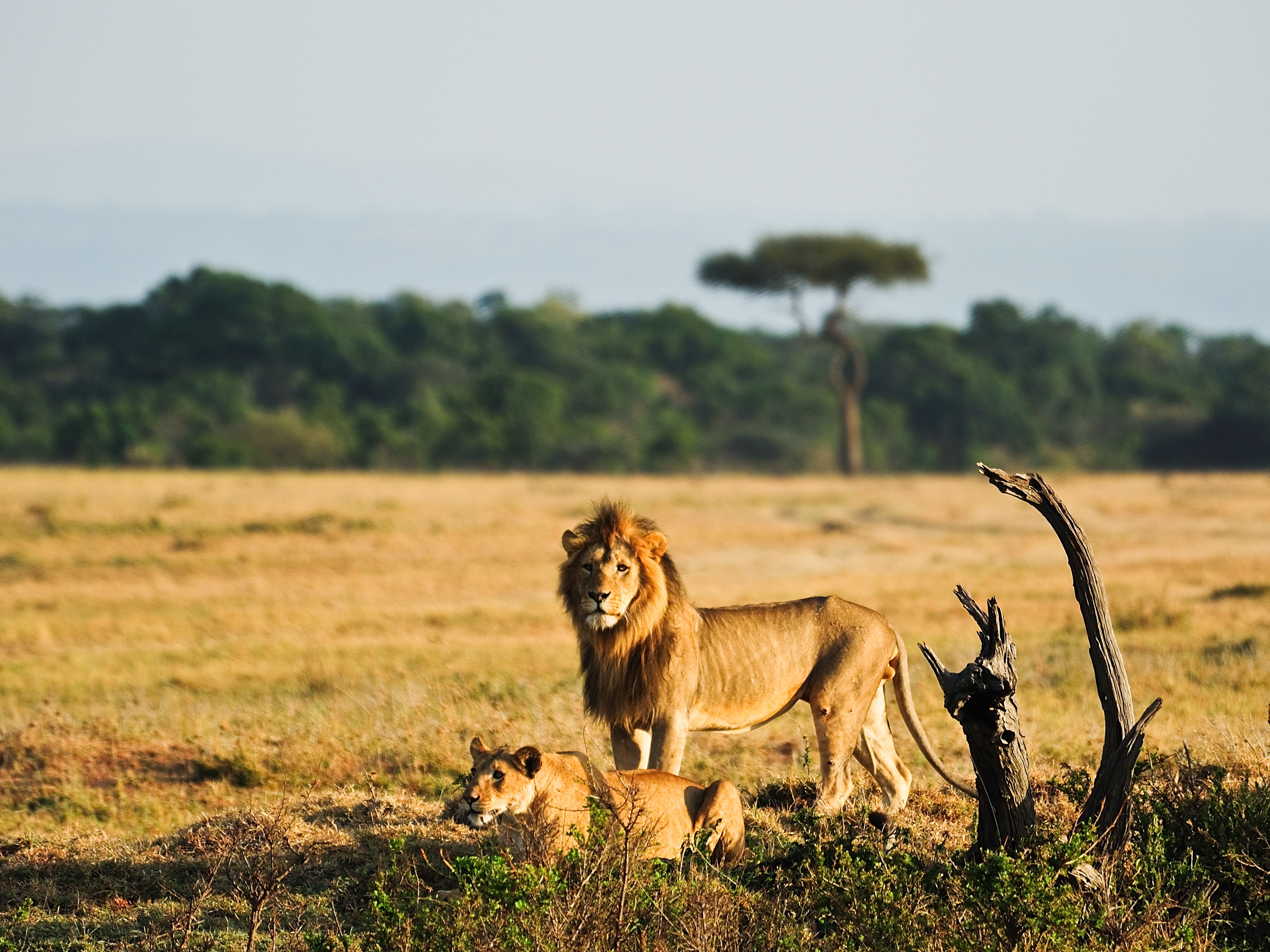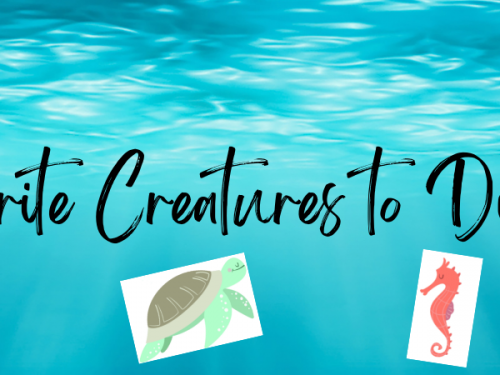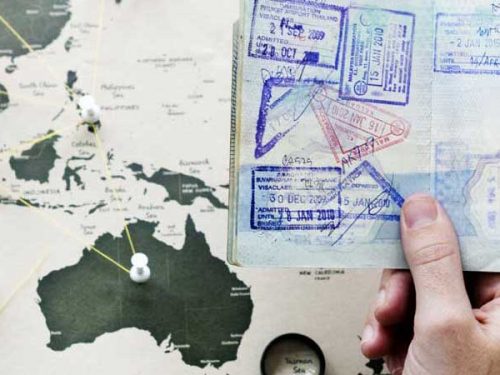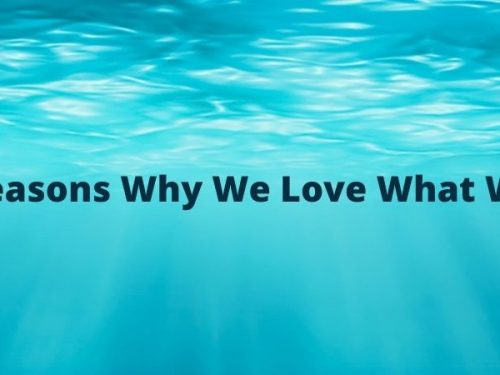 On the far southern tip of the African continent lies South Africa, a land known for its big animals both above and below the surface. Found at the intersection of the Atlantic and the Indian Ocean, ocean currents bring marine life of all sorts to the coast of this vibrant country. It’s little wonder South Africa is at the top of many wish lists.
On the far southern tip of the African continent lies South Africa, a land known for its big animals both above and below the surface. Found at the intersection of the Atlantic and the Indian Ocean, ocean currents bring marine life of all sorts to the coast of this vibrant country. It’s little wonder South Africa is at the top of many wish lists.
In addition to over a thousand miles of coastline, South Africa is home to a variety of ecosystems, from grasslands to wetlands. Lions roam through national parks, posing for safari tourists. Wineries produce some of the best bottles in the world. And surfers glide along the Garden Route. This multiethnic country is a vibrant mix of cultures, languages and religions.
In addition, South Africa is home to four distinct scuba diving regions, namely the eastern coast, the southern coast, the western coast and the inland dive sites. Across all four, you’ll find a mix of coral reefs, shark diving, megafauna events and cave exploration. From whale sharks to great whites, South Africa is an extremely exciting scuba diving destination.
8 Interesting Facts for Traveling to South Africa
- South Africa’s Sardine Run is called the world’s largest biomass migration. This refers to the billions of tiny fish that move in vast shoals along the coast each year from May to July. Of course, seeing this event is on top of many divers’ bucket lists.
 Far less popular than the Sardine Run, South Africa is also home to a chokka squid spawning event. From October to November every year, large numbers of squid gather off the coast to mate and lay eggs. This mass of squid naturally attracts predators, such as rays, seals, sharks and dolphins. In total, this is a great event for divers who want to see big animals but aren’t visiting during the Sardine Run season.
Far less popular than the Sardine Run, South Africa is also home to a chokka squid spawning event. From October to November every year, large numbers of squid gather off the coast to mate and lay eggs. This mass of squid naturally attracts predators, such as rays, seals, sharks and dolphins. In total, this is a great event for divers who want to see big animals but aren’t visiting during the Sardine Run season.
- Gansbaai in South Africa is one of the five places in the world to go cage diving with great white sharks. Shark Alley lies between two islands found off the coast in this part of the country, and the massive sharks come here to feed on Cape Fur Seals.
- Boesmansgat, or Bushman’s Hole, in the Northern Cape, is considered the sixth deepest submerged freshwater cave in the world. Because of this, it has long attracted tec divers and until 2015, Nuno Gomes held the record for deepest cave dive thanks to his submersion of 1043 feet (318 meters) in this cave.
- Much of the coastline along the Northern Cape is dominated by the diamond mining industry. Rough conditions along the coast usually prevent much underwater exploration here, but a group of divers operates in the area searching for lost diamonds hidden in the muck on the seafloor. This wouldn’t be an option for tourist divers, but it is just another example of scuba divers putting their certifications to good use.
- Scuba diving in South Africa doesn’t stop at the coast. In the North West Province, local divers use abandoned mines and sinkholes for underwater fun. Miracle Waters (an abandoned open-cast chrome mine), Marico Oog (a spring-filled watering hole) and Wondergat (a natural sinkhole) are all popular dive sites in the area.
 False Bay in South Africa is one of two destinations in the world where you can dive consistently with sevengill sharks. In addition to this body of water just off Cape Town, you can also find the ancient sharks in California during the right time of year.
False Bay in South Africa is one of two destinations in the world where you can dive consistently with sevengill sharks. In addition to this body of water just off Cape Town, you can also find the ancient sharks in California during the right time of year.
- Cape Town is the center of South Africa’s wreck diving scene. One of the ships found around the city is the Antipolis, which was actually converted to a nightclub after it ran aground in 1977. The wreck even had a bar built into it and was one of the hippest party destinations in the city until it was deemed too unstable and was subsequently salvaged. Today, it sits in water from seven to 10 meters deep.
Has diving in South Africa piqued your interest? Click here to read more about this coastal wonderland.
If you’re ready to dive into South Africa, we can help arrange your scuba diving trip. Click “Request a quote” or get in contact via phone or email today!







